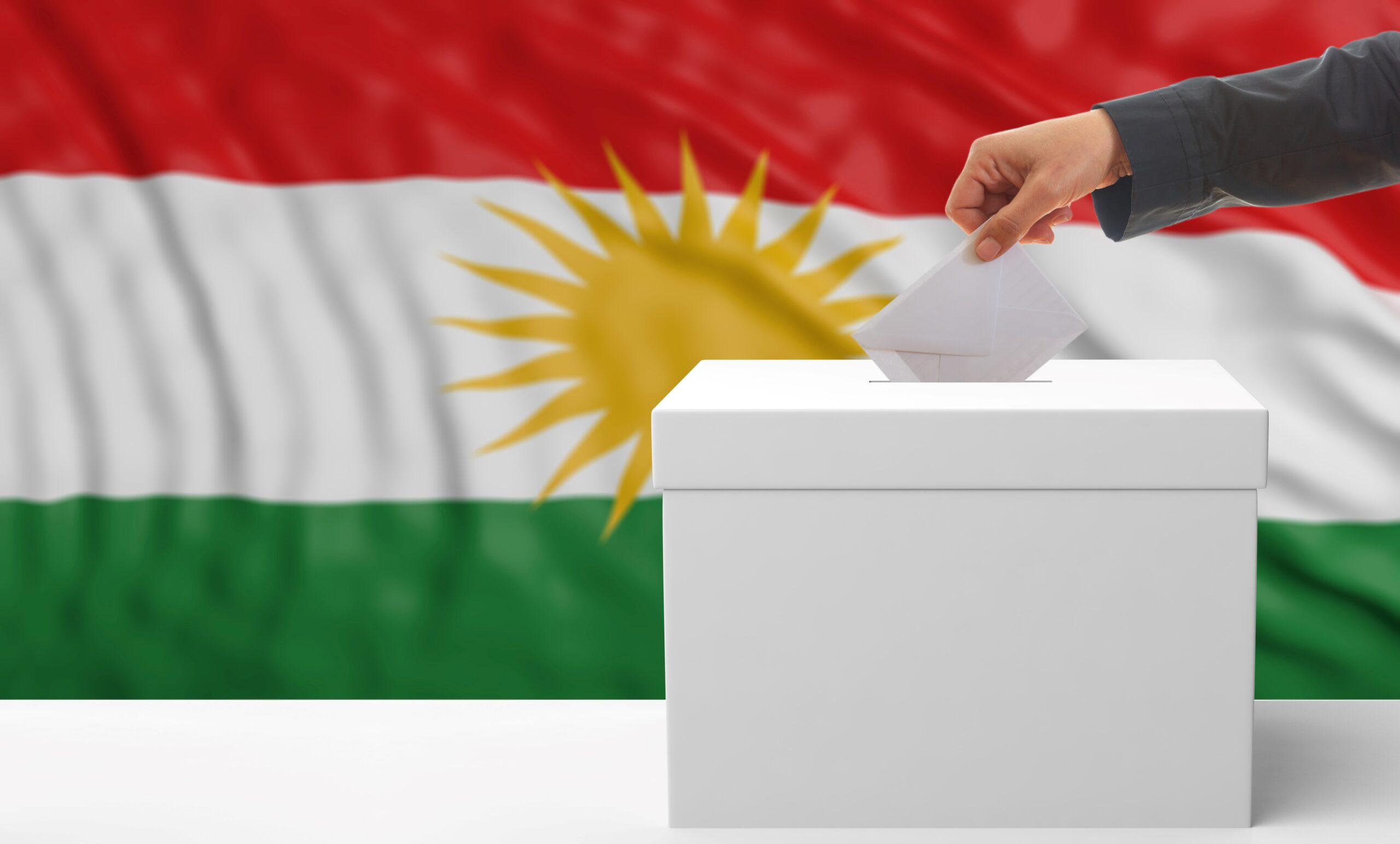
Iran’s Presidential Election: A Voter’s Guide
Election Context and Key Dates
Iran held its twelfth presidential election since the 1979 revolution on May 19, 2017. The vote followed a standard four-year cycle, with the previous election held in 2013. The Guardian Council, responsible for vetting candidates, announced the final list of approved candidates on April 20, 2017. Campaigning officially commenced thereafter, leading up to the election day.
Voter turnout was reported at 73.33%, indicating a high level of public engagement. The election process was monitored by domestic observers to ensure compliance with electoral laws.
Election Structure and Rules
According to Iran’s election law, the president is elected through a two-round system. If no candidate receives over 50% of the vote in the first round, the top two contenders advance to a runoff. Candidates must be approved by the Guardian Council, which assesses their qualifications based on criteria such as political and religious commitment.
The official timeline included a registration period from April 11 to April 15, 2017, during which 1,636 individuals registered. The Guardian Council then reviewed the applications and approved six candidates. Campaigning was permitted from April 21 until 24 hours before the election.
State media confirmed that the Ministry of Interior was responsible for organizing the election, including setting up polling stations and overseeing the vote count. The election process is overseen by the Guardian Council to ensure adherence to Islamic principles and legal standards.
Key Candidates and Affiliations
Six individuals were officially approved to compete in Iran’s 2017 presidential vote.
- Hassan Rouhani: The incumbent president, affiliated with the Moderation and Development Party. He is considered a centrist and was seeking a second term.
- Ebrahim Raisi: A conservative cleric and former prosecutor, associated with the Combatant Clergy Association. He was widely regarded as Rouhani’s primary opponent.
- Mohammad Bagher Ghalibaf: The mayor of Tehran and a conservative candidate. He withdrew from the race on May 15, endorsing Raisi.
- Mostafa Mir-Salim: A conservative figure who previously served as Minister of Culture and Islamic Guidance.
- Mostafa Hashemitaba: A reformist politician and former vice president.
- Eshaq Jahangiri, then serving as first vice president under Rouhani, entered the race to support him but later withdrew.
Following the withdrawals, four candidates remained on the ballot. The final vote count showed Rouhani receiving 57.14% of the votes, securing his re-election.
Historical Background of the Presidency
The presidency in Iran is the second-highest official position after the Supreme Leader. Since the establishment of the Islamic Republic in 1979, the president has been responsible for implementing the constitution and acting as the head of the executive branch.
Iran’s previous presidents have included Abolhassan Banisadr, Ali Khamenei, Akbar Hashemi Rafsanjani, Mohammad Khatami, Mahmoud Ahmadinejad, and Hassan Rouhani. Each has influenced the political landscape of Iran through domestic and foreign policies.
The presidential vote serves as a reflection of public sentiment and can indicate shifts in political priorities within the country. However, ultimate authority rests with the Supreme Leader, who holds significant influence over all branches of government.
What to Watch During the Election Period
During the election period, several factors are noteworthy:
- Candidate Debates: Televised debates provide insight into the candidates’ platforms and policy priorities.
- Voter Turnout: High participation rates can signal public engagement and legitimacy of the electoral process.
- Guardian Council Decisions: The approval or disqualification of candidates by the council can impact the election’s competitiveness.
- Election Results: The announcement of results and any subsequent reactions from candidates and the public are critical to monitor.
Understanding the Iran election process is essential for comprehending the country’s political dynamics and potential policy directions. The 2017 election, featuring prominent Iranian presidential candidates, exemplifies the complexities of governance within the Islamic Republic.
